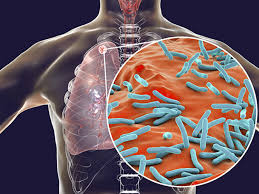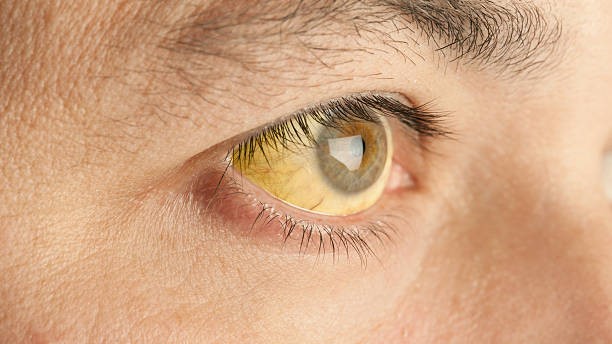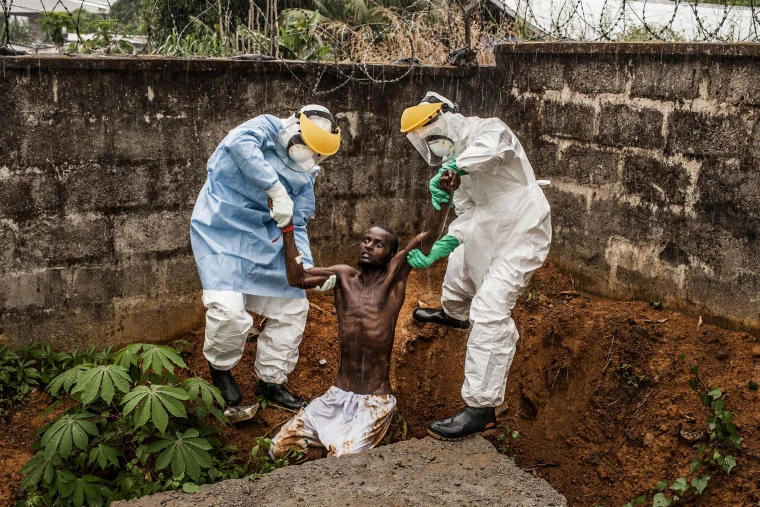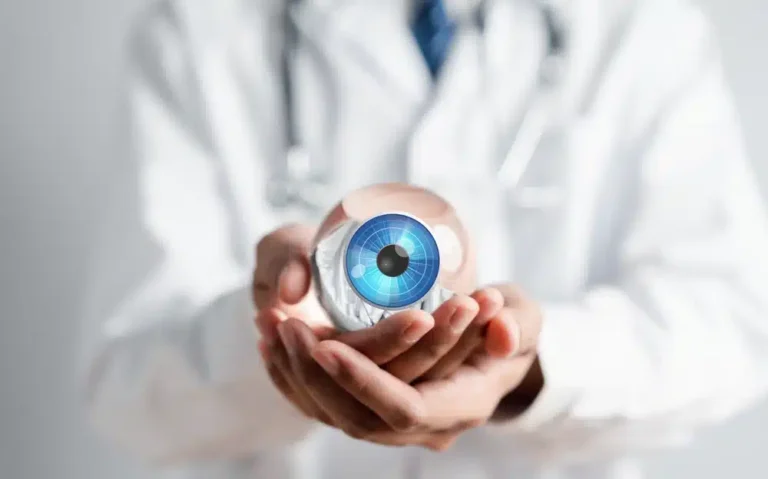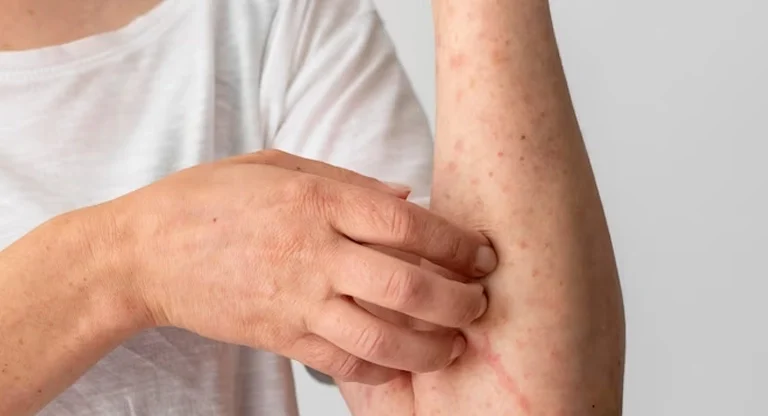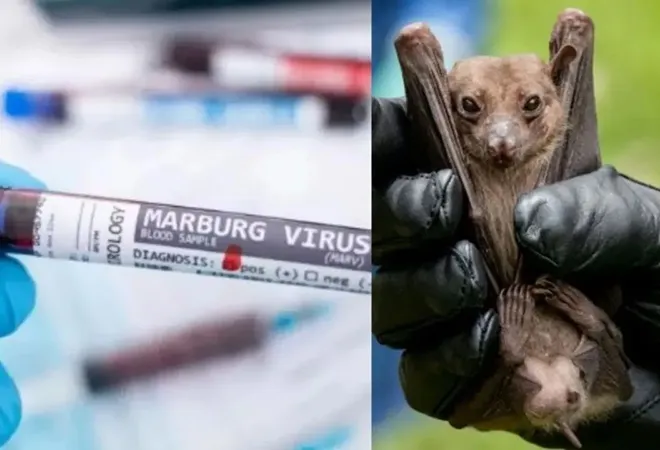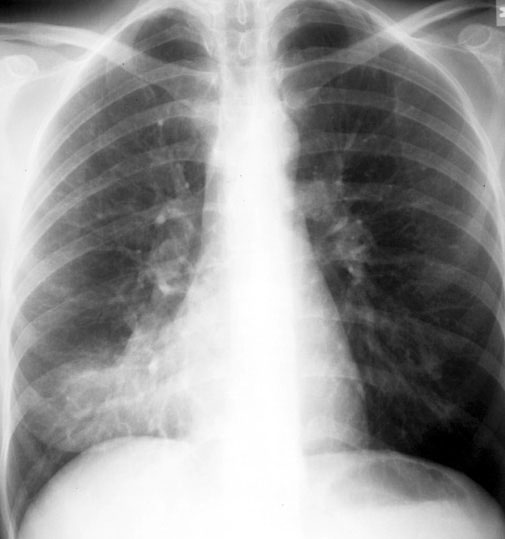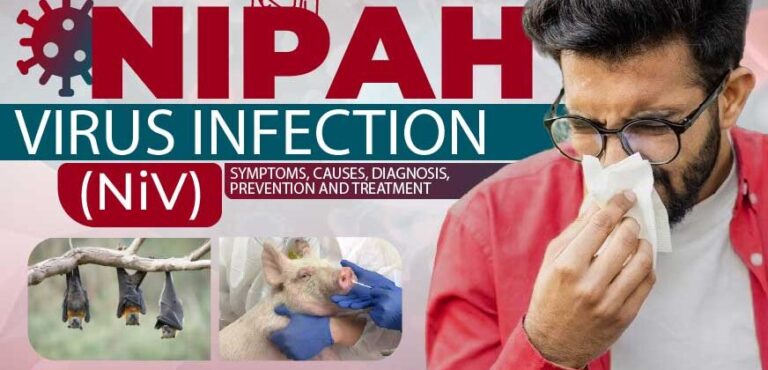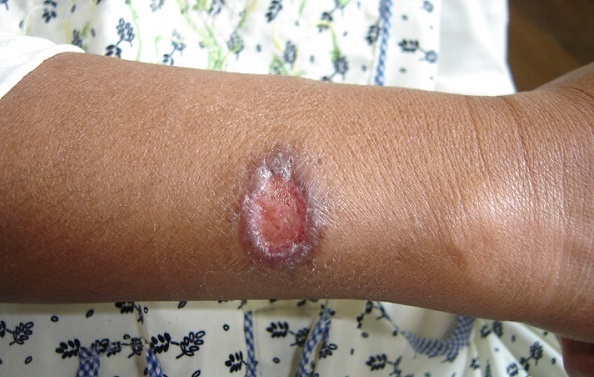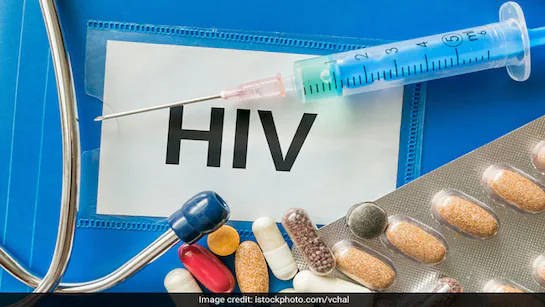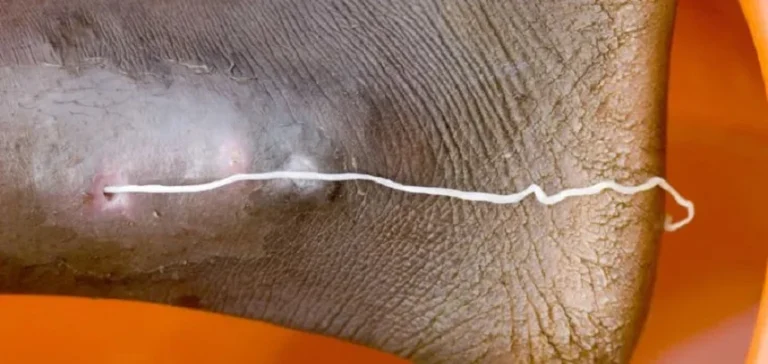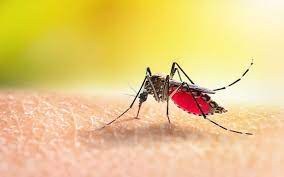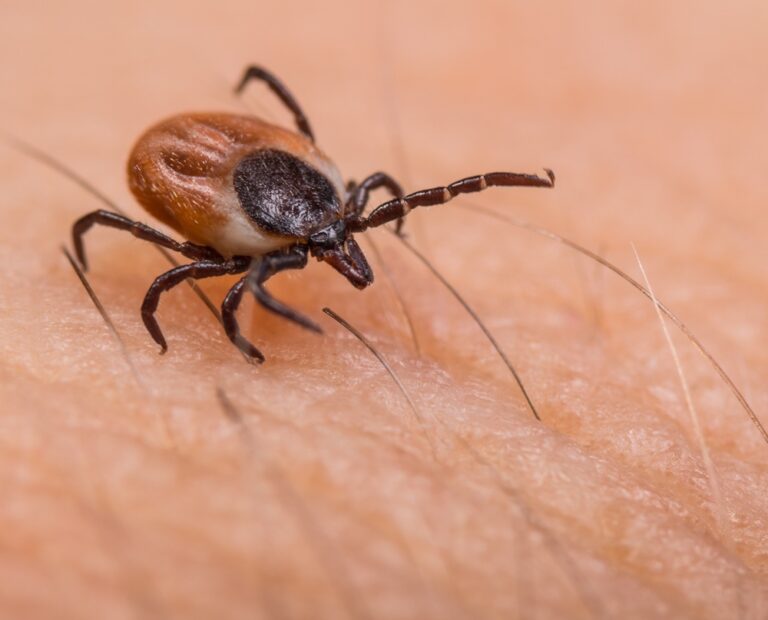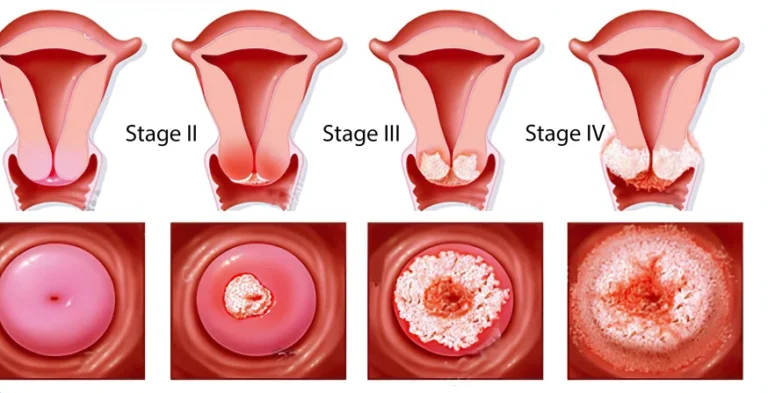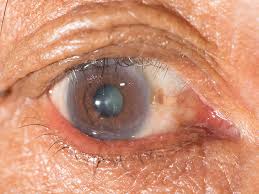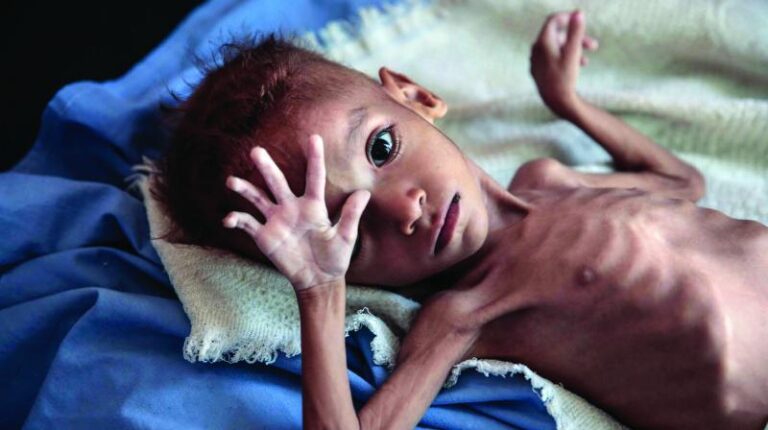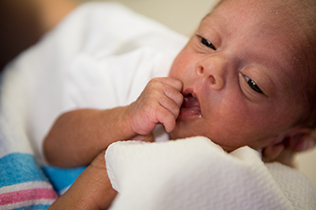Leprosy

Leprosy, also known as Hansen’s disease, is a chronic infectious disease caused by the bacteria Mycobacterium leprae and Mycobacterium lepromatosis. 1 While it has been a disease of historical significance, particularly due to its stigmatizing effects, it is now treatable and curable. Understanding its causes, symptoms, and modern management is crucial for eliminating the remaining cases and preventing disability.
Understanding Leprosy:
- Causative Agents:
- Mycobacterium leprae
- Mycobacterium lepromatosis (less common)
- Transmission:
- The exact mechanism of transmission is not fully understood.
- Prolonged, close contact with untreated infected individuals is thought to be the primary mode of spread.
- Respiratory droplets are considered a potential route of transmission.
- It is important to note that leprosy is far less contagious than many other infectious diseases.
- Incubation Period:
- The incubation period can range from months to years, making it difficult to trace the source of infection.
Types of Leprosy:
Leprosy is classified based on the number of skin lesions and the presence of bacteria in skin smears:
- Paucibacillary (PB) Leprosy:
- Few skin lesions (five or fewer).
- No bacteria detected in skin smears.
- Includes tuberculoid leprosy.
- Multibacillary (MB) Leprosy:
- Many skin lesions (more than five).
- Bacteria detected in skin smears.
- Includes lepromatous leprosy.
Symptoms:
Leprosy primarily affects the skin, peripheral nerves, and mucous membranes. Symptoms can vary depending on the type of leprosy:
- Skin Lesions:
- Pale or reddish patches.
- Loss of sensation in the affected areas.
- Dryness, scaling, or thickening of the skin.
- Nodules or bumps.
- Nerve Damage:
- Numbness or tingling in the hands and feet.
- Muscle weakness.
- Loss of reflexes.
- Enlarged nerves.
- Eye problems (dryness, decreased blinking).
- Mucous Membrane Involvement:
- Nasal congestion or bleeding.
- Ulcers in the mouth or nose.
Complications:
Untreated leprosy can lead to:
- Permanent nerve damage.
- Disability and deformities of the hands and feet.
- Blindness.
- Facial disfigurement.
- Psychosocial stigma.
Diagnosis:
- Clinical Examination:
- Assessment of skin lesions and neurological symptoms.
- Skin Smear:
- Microscopic examination of skin samples to detect bacteria.
- Histopathology:
- Examination of tissue samples.
- Serological Tests:
- Tests that detect antibodies to M. leprae.
Treatment:
- Multidrug Therapy (MDT):
- The standard treatment for leprosy, consisting of a combination of antibiotics.
- MDT is provided free of charge by the World Health Organization (WHO).
- Treatment duration varies depending on the type of leprosy (6 months for PB and 12 months for MB).
- MDT is highly effective and has significantly reduced the burden of leprosy.
- Corticosteroids:
- Used to manage nerve inflammation.
- Rehabilitation:
- Physical therapy and occupational therapy to prevent and manage disabilities.
- Corrective surgery for deformities.
Prevention:
- Early Detection and Treatment:
- Prompt diagnosis and treatment of infected individuals is crucial to prevent transmission.
- Contact Tracing:
- Identifying and examining individuals who have had close contact with infected persons.
- Chemoprophylaxis:
- Single dose rifampicin (SDR) is used to prevent the development of leprosy in close contacts of leprosy patients.
- BCG Vaccination:
- The BCG vaccine, used for tuberculosis, offers some protection against leprosy.
Public Health Importance:
- Leprosy remains a public health concern in certain regions, particularly in developing countries.
- Stigma and discrimination associated with leprosy can lead to social isolation and psychological distress.
- Early detection, effective treatment, and rehabilitation are essential for eliminating leprosy and improving the quality of life for affected individuals.
- Global efforts, led by the WHO, are focused on achieving leprosy elimination.
It is important to remember that leprosy is curable, and with early intervention, disabilities can be prevented.




